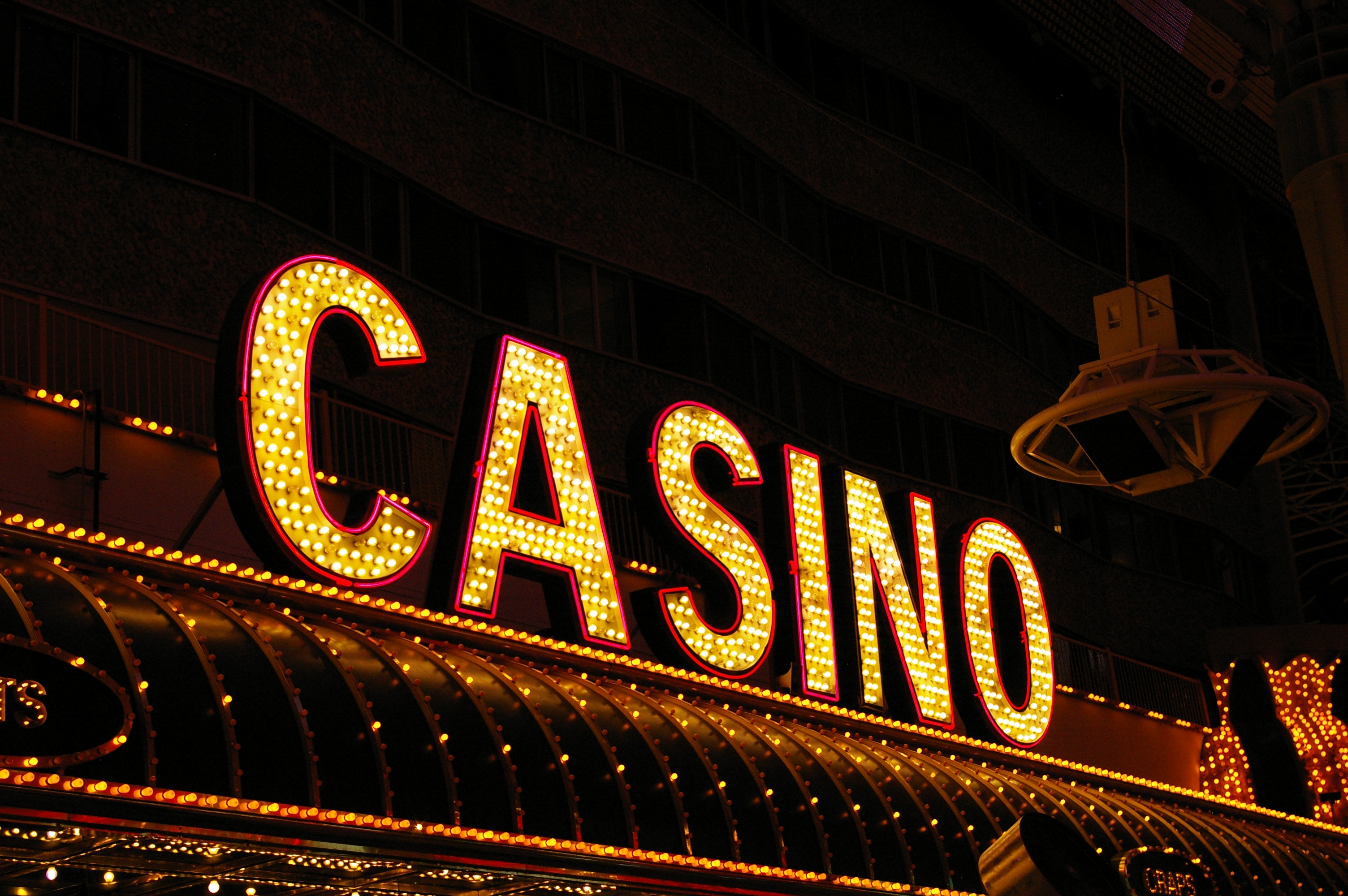The saga of gaming machines is a captivating journey that parallels the progress of recreation and betting over the generations. Beginning in their simple beginnings in the final decades of the 1800s to becoming a mainstay in gaming halls throughout the planet, these chance games have gone through remarkable transformations. Casino slots games have captivated players with their colorful visuals, enticing storylines, and the hope of transformative prizes.
Initially designed as mechanical devices with turning drums and a small number of icons, slot machines have transformed into advanced electronic games that feature innovative features and dynamic elements. In the present day, they attract millions of players, each hoping to strike it lucky with just the yank of a switch or the touch of a button. Exploring the intriguing background of these devices unveils not just the tale of a well-liked hobby, but also a reflection of social evolution and progress in technology over the years.
The Beginnings in Slot Machines
A tale of slot machines starts in the final years of the 19th century, a time when mechanical devices were increasingly popular in places of amusement. The first true slot machine was invented by Charles Fey in 1895, referred to as the Liberty Bell. It featured three spinning reels and five symbols: hearts, diamonds, spades, a horseshoe, and the legendary Liberty Bell. Players pulled a lever to spin the reels, and if the symbols aligned in a particular combination, players won a payout. Fey’s invention quickly captured the attention of gamblers and paved the way for future developments in casino slots games.
As the idea of the slot machine gained traction, various inventors sought to improve upon Fey’s design. By the dawn of the 1900s, these machines were becoming a common sight in saloons and amusement parks. In 1907, the initial electromechanical slot machine was created by Herbert Mills, featuring a more intricate system of payout mechanisms and the renowned fruit symbols that are still associated with slots today. fb88 This evolution marked a major shift in the gaming industry, as machines became more engaging and user-friendly, drawing in more players.
The popularity of slot machines remained high throughout the first half of the 20th century, leading to their widespread adoption in casinos across the United States. However, as legal restrictions on gambling during the Great Depression posed challenges for the industry. Many machines were outlawed, but this did not halt innovators. Instead, they adapted by creating machines that dispensed candy or gum instead of cash prizes, effectively bypassing the restrictions while still providing the thrill of a casino slots game. This ingenuity kept the spirit of gambling alive, setting the stage for the future resurgence of slot machines in modern casinos.
Advancement of Slot Machine Innovation
The history of gambling machines commenced in the final 19th century with the debut of the early traditional devices. A mechanic named Charles Fey, a San Francisco craftsman, launched the Liberty Bell slot machine in 1895, which included three rotating reels and five images: heart shapes, diamonds, spades, a horseshoe, and the Liberty Bell itself. This basic yet enthralling layout laid the foundation for the progress of slot games, creating an instant appeal for gamblers looking for entertainment and a chance to earn.
As innovation matured, so did the design and operations of slot machines. By the central 20th hundred years, electronic mechanical machines surfaced, incorporating electrical components to enhance gameplay and increase payout possibilities. These developments allowed for increased sophistication features like multiple paylines and bigger jackpots. The gambling venues welcomed these innovations, resulting in the rise of gambling devices as a major source of revenue within the gambling sector, radically altering the casino slots game experience.
The final 20th and beginning 21st hundred years brought the digital revolution, resulting in the introduction of digital slots. These machines replaced traditional reels with monitors, allowing even more creativity in themes and gameplay mechanics. Gamblers could now appreciate rich graphics and sound effects, along with dynamic bonus rounds. The move to web-based gaming further revolutionized the casino slots game, allowing slots available to a global audience anytime and wherever, thus marking a new phase in the evolution of slot machine technology.
A Social Influence of Gaming Machines
Slot machines have become not only a means of entertainment; they have woven themselves into the fabric of mainstream culture. Across movies and TV series to music and literature, these iconic gaming machines often act as symbols of chance and risk. Films like The Casino and Ocean’s 11 prominently feature slots, depicting them as thrilling yet unpredictable elements of the casino atmosphere. Their distinct attraction lies in the sound of coins clinking, the spinning reels, and the vibrant blinking lights, which together create an electric atmosphere that captures attention.
Moreover, slot machines have shaped social gatherings and events, making them a focal point in casinos and gaming venues. Many people do not just visit a casino to gamble; they go for the full experience, which encompasses the social interactions and the vibrant ambiance surrounding these machines. Special tournaments and themed gaming nights centered around slots also highlight their popularity, fostering social connections and shared experiences among players. This community aspect has contributed to the machines’ enduring popularity.

The evolution of technology has further transformed this cultural impact. Digital and online slots have broadened access to these games far beyond the walls of physical casinos. Players can now enjoy their favorite casino slots game from home or on the move, leading to the rise of online communities and forums where enthusiasts exchange strategies and experiences. The continuous innovation in game design and the inclusion of storytelling have kept the cultural importance of slot machines alive, attracting younger audiences while maintaining a connection to their historical roots.